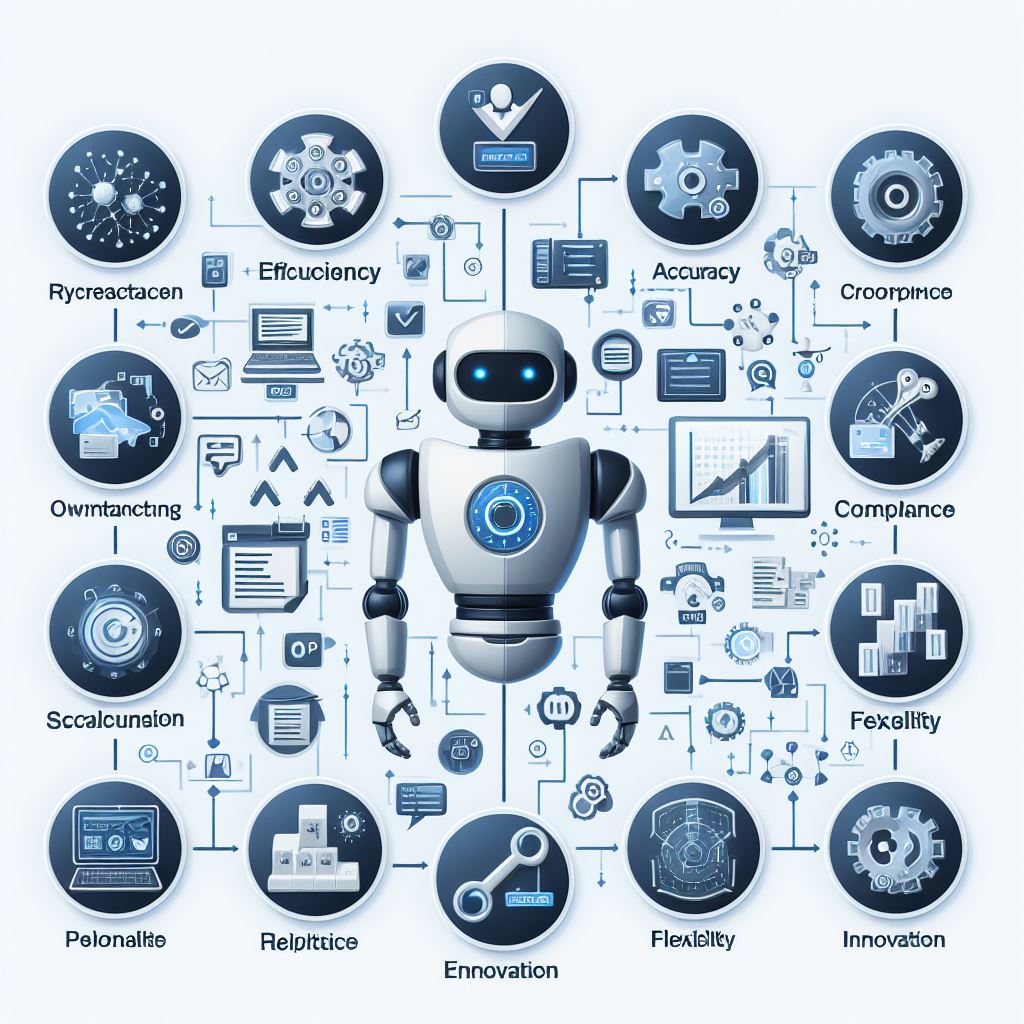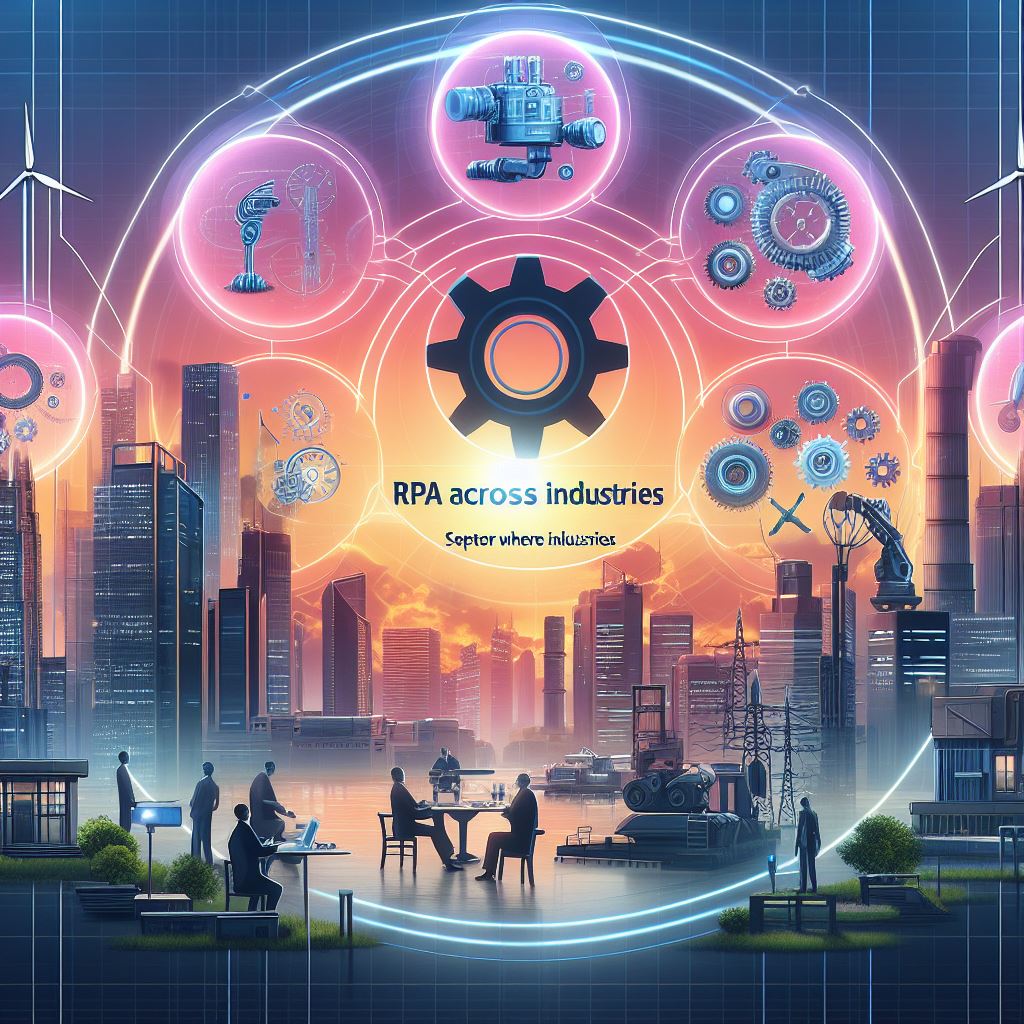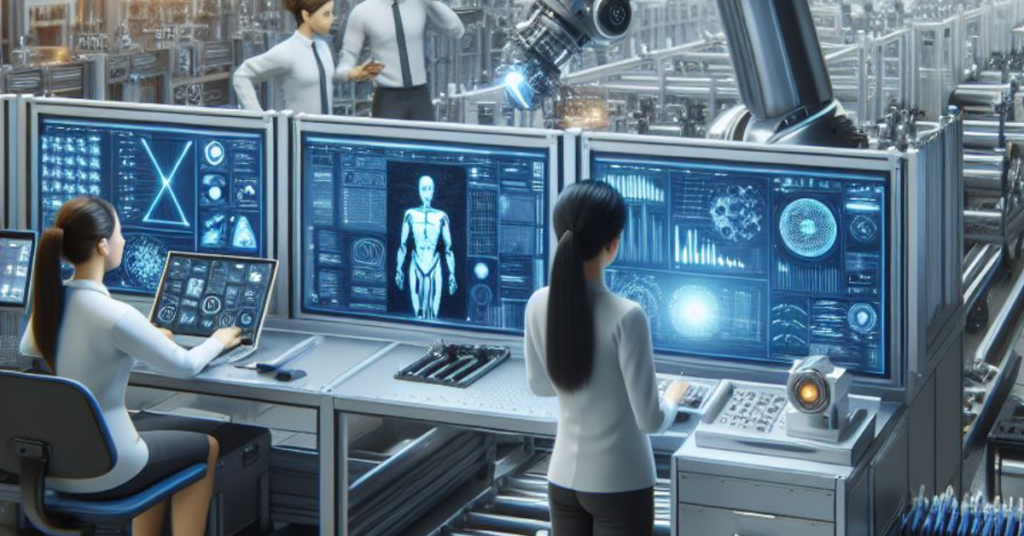In the adventurous corporate politics where productivity and flexibility are ongoing, companies must always be on the lookout to find out new ways to improve operations and achieve their own ends. The advent of the Robotic Process Automation (RPA) has crystallised into a force in the task automation and process optimization space capable of making business proceedings more efficient. Here, we go into the minute details of how RPA works and its use cases in various industries, taking you through its advantages, challenges and the way in which this technology merges and works with AI. In our dialogue on digital citizenship, we’ll focus on the cry of cybercrime, and its definition today.
As for Robotic Process Automation (RPA) in plain English, it stands for the automation of various business processes, which are carried out by means of computer software, with the input of human beings to some extent.
Uncovering its real meaning, RPA utilises artificial intelligence (AI) or bots as an alternative to people who repeat and automate work. This is known as roboto softare, executing programs, which are a set of defined instructions, either physically or on a virtual machine, with speed and accuracy. In contrast, logical RPA bots only live in the digital space and are able to operate without any mechanical interference; therefore, they freely mingle within the current systems and worklists employed.
The RPA system utilises a set of rules that have been defined beforehand with automated tools broadly known as bots aiming for the emotional replication of interactions between humans and computers. These bots are based on a combination of automation, computer vision, and machine learning techniques that allow them to interact and perform tasks with the same quality as humans. Starting off with data entry and completing forms, bots with RPA systems get things done fast and without any errors. But it’s not only that RPA is efficient in data input and filling in forms, RPA bots also are great for dealing with report generation and manipulating data.
Identify those repetitive, highly structured, and rule-based business processes that can potentially be automated.
Selecting only specific tasks for RPA automation that will yield the desired results is one of the keys to a successful RPA implementation. In the simplest words, jobs that are monotonous, involve a large amount of data, and major in repeated tasks are usually best suited for RPA accomplishment. To illustrate, the fields that are given now are processed such as data entry, invoice processing, order fulfilment, and customer service inquiries. The data ones are done through RPA.
The Benefits of RPA

RPA is the technology embraced by companies in the different industries and this gives a chance to them to reap the many benefits of adopting the technology. RPA can do this by putting repetitive tasks in auto, which makes minimal errors, increases data accuracy and maximises productive process. That which previously needed many hours of handwork can be performed within seconds or a fraction of a second of effort, thereby making costs go down and operations improved.
In addition to the above, RPA enables enterprises to attain efficiency of a huge degree and flexibility by devising bot structures. Bots can even cope with unpredictable workloads through the incidence of exploration and prompt response. This will lead to a pool of cost-effective assets and quick reaction time. Moreover, RPA saves human resources that enhances the workers’ ability to do more relevant tasks like strategy, innovation and customer engagement.
The RPA across Industries — Sectors where the RPA takes place.

RPA technology is industry and process specific embracing from finance and accounting by way of customer service up to HR. In finance, RPA processes invoices, adjustments, and annual reports, saving the finance team from routine tasks allowing the latter to concentrate on strategic analysis and decision-making.
Proficiently, in the customer services, bots take over the repetitive tasks such as queries answering, data entry and order processing. Therefore, they produce less time to respond and higher customer satisfaction. Similarly the RPA is not a program only for the large enterprises, small and medium enterprises can also realise this technology being their part. The automation process leading to the streamlining of operations, elimination of administrative overwork, and increase in revenue may be applied to SMBs.
Challenges and Considerations

Whilst RPA has numerous advantages, for which the implementation needs to be planned well, stakeholder alignment and regular monitoring, are the things that cannot be neglected. There should be careful reviews of the current processes held within the organisation, areas where automation can be introduced as well as adequate systems of governance that ensure integrity and the security of the data.
Therefore, the RPA implementation might have to cope with challenges such as resistance against the change, integration complications, and problems with scaling. Overcoming these obstacles are a combined effort of concerned authorities who need to join hands, equivocal communication and unceasing progress.
AI integration into RPA would expand the capabilities of both technologies, allowing them to complement each other in achieving specific tasks.
With the constant hitches in technology, the relationship between RPA and AI is the subject of cursory interest in the evolution of technology. Without a doubt RPA is largely used to replace rule-based tasks, but AI technologies provide more options for advanced tasks such as judgement and decision making. The integration of RPA and AI can lead to a new wave of automation in the workplace that allows for performance, intelligence and efficiency at the highest level to be achieved.
AI-powered bot such as chatbot can complement RPA narration however in customer service, by handling complex inquiries and even giving personalised help. Furthermore, these AI algorithms improve the performance of the RPA bots by giving them the ability to examine unstructured data, develop data-driven decisions, and change to new set of conditions.
Cyber Crime knows its Definition and it’s important for us to understand.
Hacking is a prominent enemy of the cyber-world and results in uncountable disasters in the e-business sector in all countries. It is significant to grasp this in an aspect of the implications necessitating for the security reinforcement against a hostile invader with ill-intentioned moves. Hacking, phishing, malware attack, identity theft, and data breach are the key facets of cyber crime because those are carried out in cyberspace.
Tackling this crime demands not just taking the reactive measures that fight back after the intrusion, but also the proactive measures that prevent it, such as implementing strong cybersecurity protocols, educating employees about the malicious programs and the risk they carry, as well as using the new technologies, as encryption methods and intrusion detection systems. Through constant monitoring and an action-linked course of activities, organisations will be able to mitigate the threats of cybercrime and provide their digital assets with a shield.
In Conclusion
Robotic Process Automation or RPA is what the companies can use as a paradigm shift in business process optimization, as it can be an arsenal of the digital transformation. We can ensure smooth running of operations, upgraded productivity as well as better security through the capturing of positive attributes of RPA and dealing with cyber crime. Besides, the unification of RPA with AI opens up the opportunity for smart automation, which in its turn creates a more prosperous and secure era. With the rise of the digital age and its imprints on the businesses, the businesses should be mindful of the different demands that are being required in order to stay competitive.
FAQs
How does robotic process automation (RPA) work?
The term borrowed from the tech jargon Robotic Process Automation (RPA) means automation of the common business processes by a particular software which normally comes with very little human effort. It includes activities such as the employment of bots with artificial intelligence to automate routine job tasks and streamline the workflow process.
What is the potential of RPA in digital transformation?
RPA uses bots or software robots to reproduce any predetermined and exactly defined tasks, and this is done with a high level of speed and precision. These bots work either physically or digitally, where they connect with software and perform actions that include data entry, form filling, report generation, data manipulation among others.
One of the benefits of the RPA implementation is that it opens up human resources for higher value work activities.
RPA is laden with benefits such as high effectiveness, no of mistakes and enhanced correctness of data and decrease of the cost expenses. It allows the companies great potential to replace the mundane tasks by human resources with those that involve more strategic and ingenious operations.
How RPA is applied in which industries markets?
RPA is not limited to the solo industry; rather it can be utilised across different industries like finance, accounting, customer care, human resources and many more. It is especially practicable in those areas in which the robotics touch various repetitive rules based fields, which define and enable the system-wide optimization and boost of productivity level.
Which hurdles must be overcome to ensure the success of RPA implementation?
When it comes to challenges of RPA implementation it may require a resistance to change, integration complications and scaling difficulties. It is critical for the organisations to elaborate on the key steps of the implementation, strive to keep the stakeholders interested, and develop a clear governance system along with planned cybersecurity measures.
In what way does RPA use AI?
AI and RPA are most effective when used in combination. This allows RPA to reach its full potential and AI to become less dependent on human intervention. RPA does address high-level functions focused on rules, whereas AI facilitates complex procedures like judgement and decisions. Such integration is able to cause an increase in productivity, intelligence, and efficiency automation since machine and human force work together to accomplish tasks.
Cybercriminality, what is it with, and why must we do something about it?
The concept of cybercrime includes all the offences that happen in cyberspace like hacking, virtual scamming, malware attacks, fraud, and information spill. It is the threat that is felt across the borders and one reason why businesses should focus on strong cybersecurity measures so as to avoid and possibly deal with these kinds of attacks.
